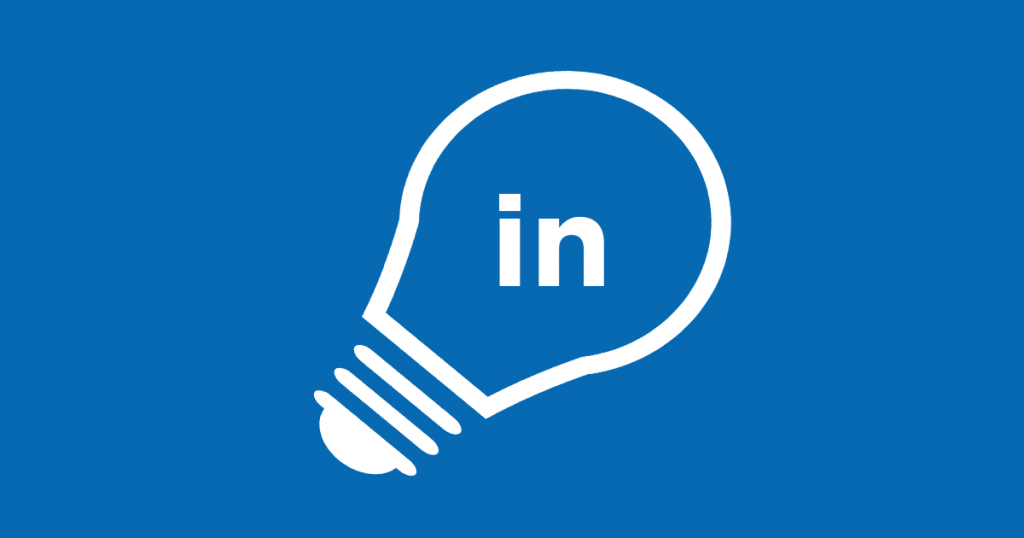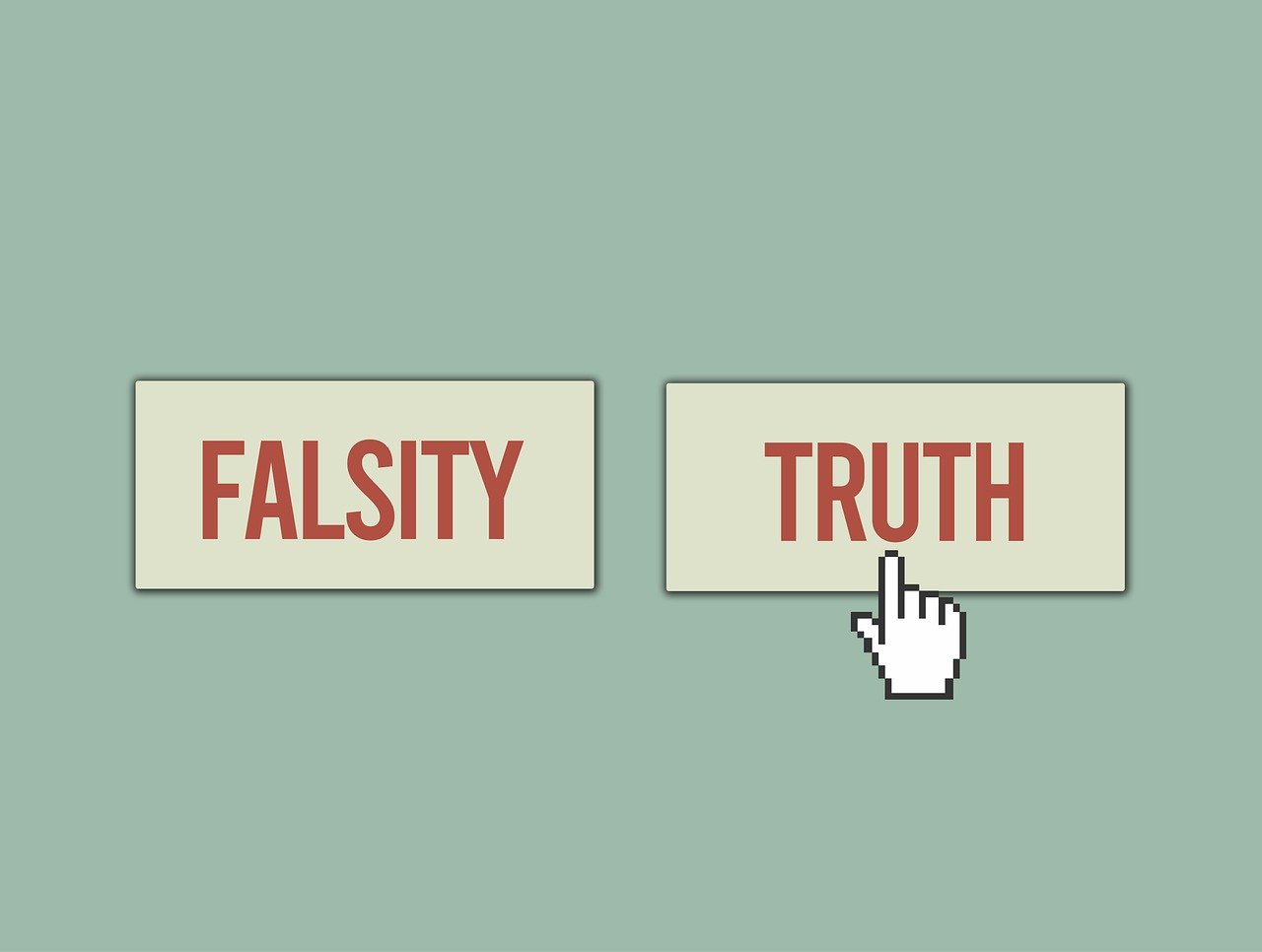Are you a small business owner or entrepreneur? Is your business struggling to grow? Don’t worry, your business is experiencing the same trials that every start-up has ever faced. Fortunately, there are dozens of resources and outlets available to guide you through the trials of working for yourself. This article is here to help you get your business on track with some simple tips and reminders that are both proven and effective. These tips cover a variety of topics that can be applied directly to your business. Consider these tips, implement them into your business, and watch it grow.
It’s All in the Definition
What is your business? What does it create? Who does it serve? How does it benefit the customer?
The answers to these questions are not one-word. These answers should, in theory, be the foundation of your business. If you can’t readily answer these questions, and in great, vibrant detail, you have a major problem. Many businesses are geared to answer one of these questions. However, to have a thorough understanding of your business’ strengths and failures, you need to be able to answer all of these questions. Your customers will want to know and leads connecting with your business will seek these answers out immediately or become disinterested.
Plan. Plan. Plan.
Plan things out. This statement feels redundant, and this advice is given on many of Simplicity Marketing LLC’s articles. Why? Because many entrepreneurs are wired to take things with an improvisational approach. While that skill may be useful during a pitch meeting, it is a disastrous approach to management and growth. A reliable plan not only keeps you on course, but it allows you to validate the growth and stability of your business. Make sure that you always have an end goal in mind, and that you have a clear path of achievable steps to take in order to lead your business there.
Allocate Resources
Managing resources for a small, or newly founded, business is hard. Often times there is a struggle when identifying the line between your resources and their resources. It is also difficult to define what resources are. Do you measure resources in cash reserves? Time? Physical supplies? Whatever you consider a resource for your business, make sure that you have allocated ample time, money, and equipment to execute your plan. Don’t set yourself for failure by showing up empty-handed when it comes to launching a marketing strategy.
Set Pace
Setting pace ties in directly with allocating your time. How much time and energy do you have to give? You aren’t required to spend every waking moment chasing down new leads, but you need to be prepared and have an understanding of your own capabilities and limitations. Push yourself, but with expectations, you can schedule. Set a schedule and develop a regimen. What times are set aside for which activities? Create a weekly to-do list and a flexible timeline for when each task on the list is completed. Remember that owning a business is a marathon, not a sprint. It’s about consistently putting in the effort.
Know Your Audience
Who do you plan on selling to? How do you plan on selling to them?
If you can’t think of an answer to these questions immediately, your marketing plan is set up to fail. You simply cannot sell to someone you do not understand. If you don’t have a clear grasp of who your audience is, what they are looking for, or why they’d be interested in what you have to offer, you are marketing incorrectly. Make sure you take the time to research your audience, discover everything you can about them, and adapt your strategy accordingly.
Branding
Make yourself stand out. Your business needs to stand out. Whether it’s the intricacies of your product, the pizazz of its packaging, or the mission behind its founding, your business needs to be different in a positive way. It’s up to you to decide how your business will differentiate itself and its products and services from “the other guys”. Start by understanding your customer base and tap into the patterns of appeal and purchasing that you discover. Adapt your product and your brand to fit the customer, don’t wait around for the customer to adapt to your brand.
Keywords
Keywords work. However, keywords are not something to be used in excess. When you load your content with purposeless keywords, search engines can tell. Even worse, your potential customers can tell just as quickly. When using keywords, it’s important to think of them as the seasoning to your content. You wouldn’t want a steak bathed in salt, you’d want it sprinkled evenly on top. So why would you present your customers with content that is more seasoning than substance? Instead, target popular, relevant keywords that apply directly to your content and use them sparingly.
Search Engine Optimization (SEO)
Search Engines need to be able to identify your content. More importantly, users need to be able to make sense of what you have to say and how it applies to what they are searching for. Not only this, but Search Engine Optimization (SEO) improves your content in many ways. SEO helps you create a concise, readable sentence. It helps you identify and effectively utilize keywords, and it even helps beautify the layout and look of your content. Take advantage of any of the accessible plugins for SEO available with host platforms to help better your content, your search rankings, and your results today.
Blog
Blogs are a great way to give your business a voice. You can use your voice directly or create a passive voice that is unilateral for the company. However personal you decide to make your blogs, they are an unparalleled tool for conveying thoughts and ideas. Blogs are also a tremendous tool for marketing your business. Blogging affords your business a certain degree of transparency and helps establish a relationship with your visitors and readers. When used effectively, blogging can be an invaluable asset in both lead generation and sales. The best thing is, your blogs can be as long or as short as you desire, the choice is entirely up to you.
Go Local
Even if your business is conducted entirely via the internet, you still have a local market. If you are not actively tapping into that market, you are missing out on some of the ripest leads available to you. With local business comes trust, and the knowledge that a transaction leads back into the local economy. With local transactions, there is also an increased level of trust and personability. Remember that the people in your area are also accessible via the internet. Tap into the environment around you and find ways to plug you and your business into it.
Go Worldwide
Limitations are virtually nonexistent in the modern day to day operations of a business. With social media, search engines, and the entirety of the internet at your disposal, your business knows very few bounds. While going local is important, remember that there are literally billions of potential customers living outside of your close proximity. Utilize the free tools at your disposal to reach them. However, understand that your business won’t be a success in every market. Identify markets with a need for your products/services and adapt your marketing campaign to make room for a worldwide audience. Remember, the world is just a few clicks and types away from your home office.
Social Media
Social Media is often pigeon-holed as just that, social media. Are people there to make friends with businesses? No, but that does not mean that business has no room on social media platforms. Social Media is a place to connect. Yes, it began as a means for individuals to connect with their friends and relatives, but it has become so much more. Social Media has created an environment ripe with opportunity and desire for individuals to connect with your brand. Whether it’s informative or just for a laugh, the opportunities are there. Make sure to adapt your social media presence both to your brand and the nuances of each different platform. Social Media strategies are not one size fits all, so make sure to adapt accordingly.
Email is Old, Not Obsolete
Just because email is no longer the sole dominant form of online communication, doesn’t mean that it is now obsolete. In fact, email is far from obsolete. Email is still a highly opportunistic and highly lucrative method of communication. If your business is not utilizing email lists, subscribers, and email’s mass communication capabilities, then you are surely missing out. Email is one of the most effective ways to directly communicate with your customers and clients. Best of all, email allows you to continuously notify them without seeming too pushy or too direct. If you are not using email to gain and retain customers, you are mistaken.
Find Your Free Marketing
How can you market your business with minimal input? How can you get someone else to do your marketing for you? The answer is easier than you’d think, especially when properly utilizing social media. The first step to free marketing is engagement, you need to establish your brand in the public conscious, whether it be a local or a worldwide target audience. After your business has somewhat of a following, you can begin to engage with popular trends. Offer a take on a viral video. Do something to give back to the community. Seek out opportunities to make your business catch the public eye because of what it is doing, not what it has to sell.
Manage Expectations
Your business will not make the Fortune 500 List in six months. Odds are, your business won’t ever crack that list in your lifetime. The good news is, this doesn’t matter. Success isn’t a universal constant, it’s a goal that you have to decide upon for both you and your business. Make sure you set realistic expectations for your success. Don’t restrain yourself abysmally, but don’t expect your business to become the next Microsoft, either. Manage expectations by sticking to your plan. Grow the plan as your business grows, and understand that you won’t achieve every goal all the time. The important thing is to make sure that you are taking tangible steps towards those goals.
Cross-Promotion
As a business owner or marketer in the 21st Century, you have a multitude of tools available to your business. The avenues available to you are astronomical in comparison to the tools of the trade even twenty-five or fifty years ago. Take advantage of these tools individually, but understand that they all work best in tandem with each other. Don’t be afraid to add your social media buttons at the bottom of an email. Post a sign-up for your email list on your Facebook page. Continue to use these tools to drive engagement to each other, and ultimately to your business.
Be On the Lookout
Keep an eye on the competition. Keep an eye on other industries. Never stop looking for new tools, new tactics, and new strategies that can be implemented into your existing business structure or marketing plan. Be vigilant to what you see working in the marketplace, and just as importantly, to what you do not see working in the marketplace. Don’t get caught up in the same routines, because your users and customers will grow tired of the same tricks. Make sure that you are adding variety by seeking out these new tools every day.
Conclusion
Marketing, and running a business in general, are gargantuan tasks. When you feel overwhelmed with the responsibilities of running a business, remember that there are easy, achievable things that you can do to create a pattern of success. Keep these tips in mind and make a daily commitment to putting them into action on behalf of your business. Remember to keep at it, and to keep putting these tips into practice. Utilize the networks and tools available at your fingertips to create an in-demand, making waves kind of business.




















